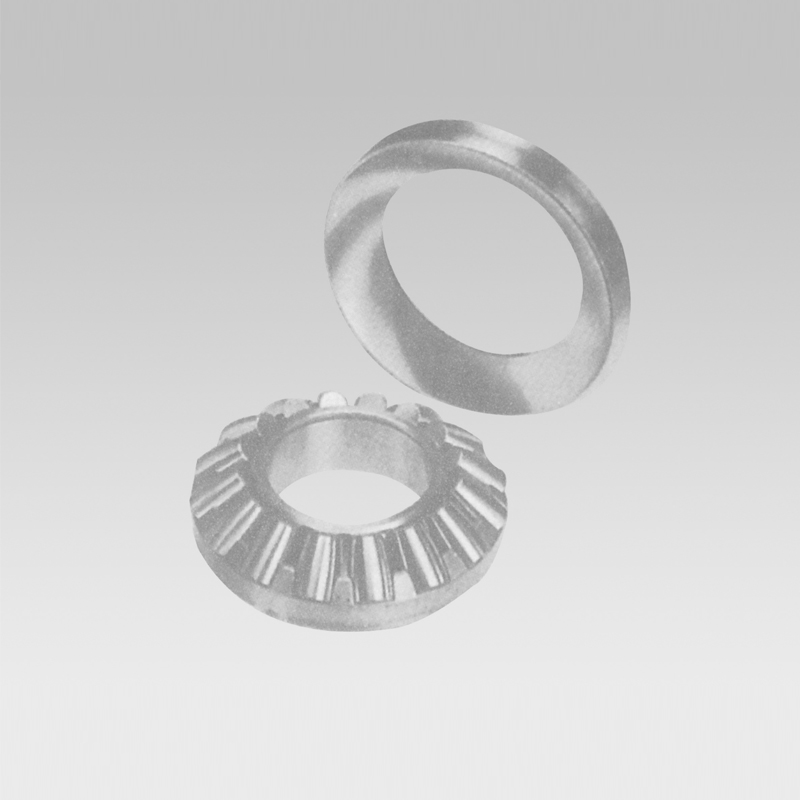
Jul . 29, 2024 00:28 Back to list
Understanding the Functionality and Applications of NUP Bearings in Mechanical Engineering
Understanding Bearing NUP A Comprehensive Guide
When discussing the world of mechanical engineering and machinery, bearings stand out as essential components that enable smooth and efficient movement. Among the various types of bearings, the NUP bearing type has garnered attention for its unique features and applications. In this article, we will delve into the specifics of NUP bearings, including their structure, functionality, and suitable applications.
What is a NUP Bearing?
NUP bearings are a specific category of cylindrical roller bearings that are designed for high-load-carrying capacities. The designation NUP indicates a particular configuration that includes two flanges on the outer ring and one on the inner ring. This design allows for axial movement in both directions while ensuring that radial load can be effectively supported. The nomenclature NUP follows the standardized bearing classification set forth by the International Organization for Standardization (ISO).
Structural Features
The distinctive feature of NUP bearings lies in their construction. Unlike other types of bearings, NUP bearings possess the following characteristics
1. Cylindrical Rollers The use of cylindrical rollers enhances the contact area with the raceway, distributing loads evenly and reducing stress on individual components.
2. Flanged Design The outer ring is flanged at both ends, which helps to retain the rollers and allows for some axial movement. The single flange on the inner ring provides effective positioning while still permitting axial play.
3. Separator NUP bearings generally include a separator or cage that keeps the rollers evenly spaced, ensuring smooth operation and reducing friction.
4. Material Composition These bearings are typically made from high-carbon chromium steel, which offers optimal hardness and resistance to wear. Some variants may incorporate ceramic or other advanced materials to enhance performance.
Functionality and Performance
bearing nup

The axial and radial load capacities of NUP bearings make them suitable for various applications. They are well-suited for environments where there are significant axial movements or where alignment issues may occur. Their ability to accommodate both radial and axial loads while maintaining operational stability is crucial in machinery like electric motors, gearboxes, and conveyors.
In practical applications, NUP bearings are utilized in
- Automotive Industry These bearings are frequently used in gearboxes and transmission systems. Their capacity to handle heavy loads while allowing for axial movement makes them ideal for these applications.
- Industrial Equipment NUP bearings are employed in machinery such as pumps, compressors, and turbines, where reliability and load support are essential.
- Aerospace High-performance NUP bearings are used in aviation applications, where safety and precision are paramount.
Maintenance and Longevity
Like any mechanical component, the longevity of NUP bearings can be influenced by several factors, including lubrication, load conditions, and operating environment. Regular maintenance that involves checking for wear, ensuring proper lubrication, and monitoring operating temperatures can extend the life of these bearings.
Furthermore, modern advancements in lubrication technology, including the use of synthetic oils and greases, have enhanced the reliability and durability of bearings, making them less prone to wear and tear under extreme conditions.
Conclusion
NUP bearings play a vital role in the efficiency and reliability of many mechanical systems across various industries. Their unique design, which accommodates both axial and radial loads, makes them an indispensable component in modern machinery. Understanding their structural features, applications, and maintenance requirements can help engineers and technicians make informed decisions when selecting the right bearings for their specific needs. Whether in automotive, industrial, or aerospace applications, NUP bearings exemplify the engineering innovation that drives modern technology forward.
Latest news
-
Industrial Machine Bearings: the core hub of mechanical operation
NewsAug.06,2025
-
Deep Groove Ball Bearing: A Dynamic "Elf" Operating Mechanically
NewsAug.06,2025
-
Compact craftsmanship: the way to optimize the space of Concrete Mixer Bearings
NewsAug.06,2025
-
Combine Harvester Bearings: The 'Steel Backbone' of Modern Agriculture
NewsAug.06,2025
-
Bearing Machinery: a flexible support hub for mechanical operation
NewsAug.06,2025
-
Agricultural Equipment Bearings: A Power Hub for Intensive Cultivation under Radial Space Constraints
NewsAug.06,2025
